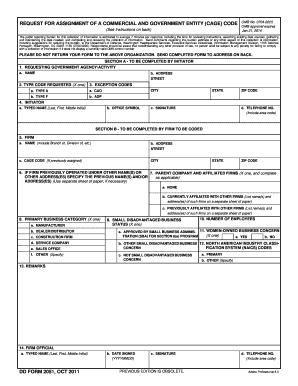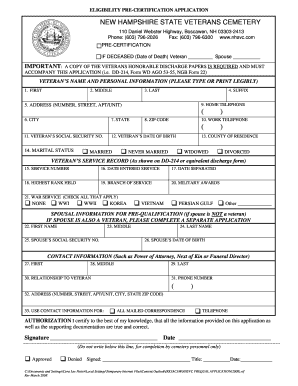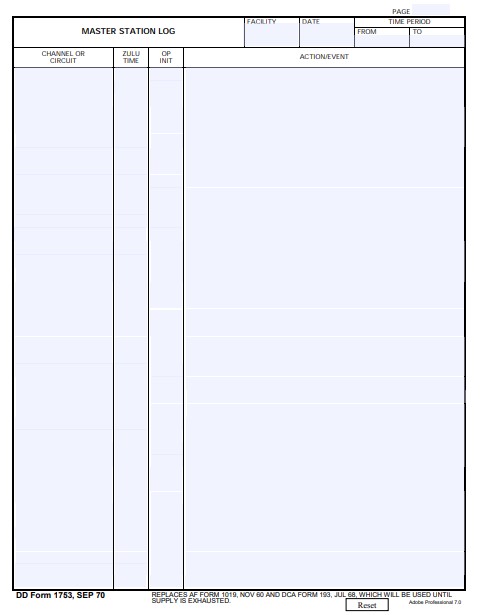
Other versions of the DD Form 214 include the "Member 1" (deleted version), "Service 7 & 8" (additional copies of the "Service 2"), "Veterans Affairs 3" (sent directly to the Department of Veterans Affairs), "Member 6" (provided to the respective veteran's State Department of Veteran Affairs), and "Department of Labor 5" (provided directly to the United States Department of Labor). All but Member 1 are acceptable legal substitutes for Member 4. The military will not provide a replacement "Member's Copy 4" (it is the service member's personal copy and physically given to him at separation) and any request for a replacement is always honored by providing a "Service 2", "Service 7" or "Service 8" copy. All eight copies are identical except Member 1, the "short form," which lacks this critical information. For unemployment benefits, veterans affairs benefits, as well as for several other services, the "Member's Copy 4" is usually requested but any other "long form" copy is acceptable.
Blank fillable dd form 214 code#
This code is used to determine whether or not the service member can go back into the service. All but Member 1, the "short form" copy, contain information as to the nature and type of discharge, and the re-enlistment code. It is the standard form needed to obtain benefits such as GI Bill or government employment priority. The most important copy of the DD 214 for the individual is the long form copy. Service members are given the option of accepting the "short form" edited Member 1, "long form" unedited Member 4 or both copies upon separation. The edited, or "short", copy omits a great deal of information, chiefly the Characterization of Service, Reason for Separation, and Authority for Separation.

There are two versions of the DD Form 214, usually referred to simply as "short" or "redacted" or "deleted" (edited), and "long" or "unredacted" or "undeleted" (unedited) copies. The 201 file generally contains additional personnel related forms. On September 1, 2000, the National Defense Authorization Act enabled, upon the family's request, every eligible veteran to receive a military funeral honors ceremony to include the folding and presentation of the United States burial flag and the sounding of Taps at no cost to the family.Ĭopies of DD Form 214s are typically maintained by the government as part of a service member's 201 file or OMPF (Official Military Personnel File). These codes are known as Separation Designator/Separation Justification (abbreviated as SPD/SJC) Codes and Reenlistment Eligibility (RE) Codes, respectively.ĭD Form 214 is also generally required by funeral directors in order to immediately prove eligibility for interment in a VA cemetery, to obtain a grave marker or to provide military honors to a deceased veteran. This document also contains codes used by the Armed Forces to describe a former servicemember's reason for discharge and, in the case of enlisted personnel, their reenlistment eligibility. The DD Form 214 is commonly used by various government agencies, chief among them the Department of Veterans Affairs, to secure veteran benefits, and may be requested by employers should a person indicate he or she has served in the military. Individuals who served exclusively in the Air National Guard or Army National Guard do not receive a DD Form 214, but will receive a form called NGB-22 from the National Guard Bureau. In earlier versions of the form (1 November 1972) it was called a "Report of Separation from Active Duty" the current title dates from 1 July 1979.ĭD Form 214 is the capstone military service document, as it represents the complete, verified record of a service member's time in the military (Active and Reserve), awards and medals, and other pertinent service information, such as highest rank/rate and pay grade held on active duty, total military combat service or overseas service, Military Occupational Specialty (MOS), Air Force Specialty Code (AFSC) or Navy officer designator, Navy Officer Billet Code (NOBC), Additional Qualification Designation (ACD) or Navy Enlisted Classification (NEC) identifiers and a record of training and schools completed.



The first DD Form 214s were issued in 1950, replacing the older "WD AGO" (War Department Adjutant General's Office) Forms and the NAVPERS (Naval Personnel) discharge documents.


 0 kommentar(er)
0 kommentar(er)
